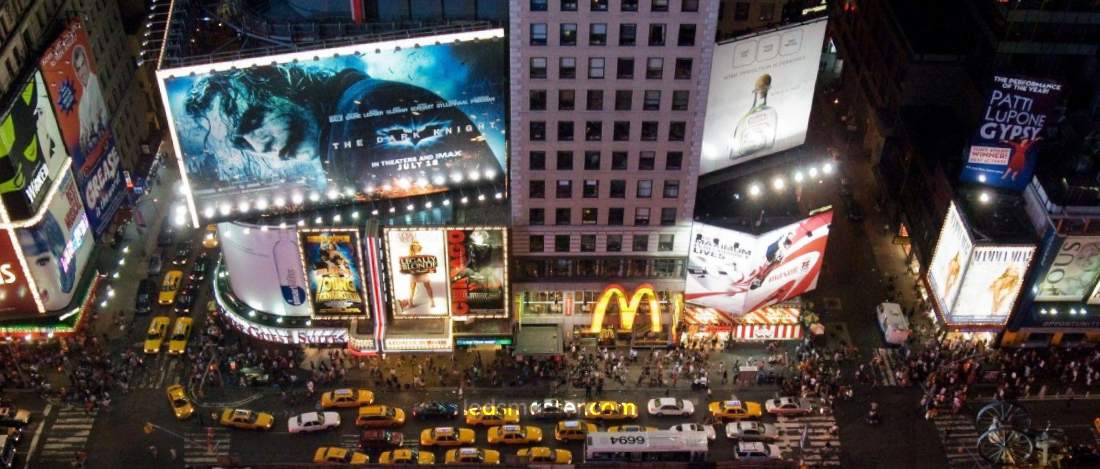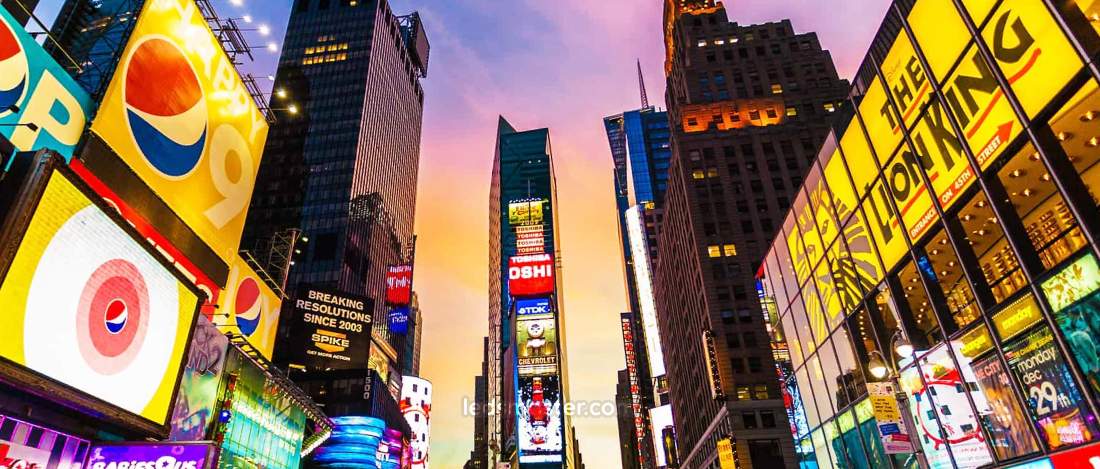In the vibrant world of outdoor advertising, the right lighting can make all the difference. Have you ever noticed how some billboards catch your eye while others fade into the background? From energy-efficient LEDs to the colorful glow of neon, each option comes with its own price tag and long-term implications.
Get your complimentary lighting design today
The cost of lighting a billboard can vary widely based on several factors, including the type of lighting chosen, installation specifics, and ongoing maintenance. Understanding these elements can help advertisers make informed decisions that align with their budgets while maximizing the impact of their campaigns.
| Factor | Description | Cost Implications |
|---|---|---|
| LED Lighting | Higher initial investment, but lower operational costs due to energy efficiency and long lifespan (up to 100,000 hours). | Initial: $5,000 – $10,000; Annual savings: $300 – $500 |
| Neon Lighting | Offers vibrant aesthetics but incurs higher installation and maintenance costs due to fragility. | Initial: $6,000 – $12,000; Annual maintenance: $400 – $700 |
| Fluorescent Lighting | More budget-friendly upfront but requires frequent replacements, increasing long-term costs. | Initial: $3,000 – $7,000; Replacement every 1-2 years: $200 – $400 |
| Size and Design of Billboard | Larger billboards require more extensive lighting, increasing material and installation costs. Complex designs may necessitate specialized techniques, adding to expenses. | Size increase: +20% – +50% on costs |
| Location and Installation | Urban areas typically have higher installation costs due to regulations and accessibility issues, while rural locations may lower expenses. | Urban: $2,000 – $5,000; Rural: $1,000 – $3,000 |
| Power Supply and Electrical Work | Establishing power supply can add costs based on distance from power lines and installation complexity. Hiring professionals may incur higher labor costs but ensures safety. | $500 – $3,000 based on distance and complexity |
| Maintenance and Replacement Costs | Ongoing maintenance varies by lighting type; LEDs require less maintenance, while neon and fluorescent lights need more frequent repairs, affecting long-term budgets. | LEDs: $100 – $200/year; Neon/Fluorescent: $300 – $600/year |

Table of Contents
ToggleThe type of lighting selected for a billboard is one of the primary determinants of overall costs. Each lighting option comes with its unique advantages and price points.
LED lighting has gained immense popularity due to its energy efficiency and longevity. Although the initial investment for LED fixtures may be higher than other types, their operational costs are lower. LEDs consume less power, reducing electricity bills over time. Additionally, they have a lifespan of up to 100,000 hours, which means less frequent replacements and lower maintenance costs.
Neon lighting, while offering a vibrant aesthetic, tends to be more expensive to install. The fragile nature of neon tubes can lead to higher maintenance costs, especially in environments where they are susceptible to breakage. Fluorescent lighting presents a more budget-friendly option upfront but often requires more frequent replacement, which can increase long-term costs.
The choice of lighting impacts not only the initial outlay but also the ongoing expenses related to energy consumption and maintenance.
The size and design of the billboard itself directly influence lighting costs. Larger billboards require more extensive lighting solutions, leading to increased material and installation costs. Complex designs that incorporate intricate shapes or features may also necessitate specialized lighting techniques, further elevating expenses.
In addition, the visibility requirements based on the billboard’s location can dictate the intensity and number of lights needed. For instance, billboards positioned along highways may require brighter lights to ensure they are seen from greater distances, leading to additional costs.
The geographic location of the billboard can significantly impact costs. Urban areas often have higher installation costs due to stricter regulations, zoning laws, and the need for specialized equipment to access elevated areas. In contrast, rural locations may offer more straightforward installations, potentially lowering overall expenses.
Moreover, the accessibility of the installation site affects labor costs. Billboards in hard-to-reach areas may require additional equipment or safety measures, driving up the price of installation.
Establishing a reliable power supply for billboard lighting involves electrical work that can add to overall costs. The distance from existing power lines to the billboard site can influence the complexity and expense of the installation. If significant electrical infrastructure is needed, this can lead to substantial increases in project costs.
Proper wiring and installation are essential to ensure that the lighting operates efficiently and safely. Hiring experienced professionals for this work may entail higher labor costs but can help avoid future issues that might arise from improper installations.
Ongoing maintenance is a vital consideration when calculating the total cost of billboard lighting. Regular upkeep ensures that the lights function optimally and that any issues are addressed promptly. Maintenance costs can vary significantly depending on the type of lighting used.
LED lights typically require less maintenance compared to traditional options. However, even LEDs may need occasional cleaning and inspection to ensure maximum brightness and performance. Fluorescent and neon lights, on the other hand, often require more frequent replacements and repairs, impacting long-term budgets.
Energy efficiency plays a significant role in the overall cost of billboard lighting. LED fixtures, for instance, consume significantly less power than traditional lighting options, resulting in lower monthly electricity bills. While the upfront cost of LEDs may be higher, the long-term savings can offset this initial investment.
Consideration of energy consumption should extend beyond initial installation. For billboards that operate during specific hours, understanding the operational patterns can help calculate expected energy costs. Advertisers should analyze their usage habits and compare them with the energy profiles of different lighting types to make informed decisions.
The longevity of lighting options influences overall costs significantly. LEDs are known for their durability, often lasting up to 100,000 hours or more. This long lifespan means fewer replacements and reduced maintenance needs, translating into cost savings over time.
In contrast, fluorescent and neon lights generally have shorter lifespans, requiring more frequent replacements and increasing long-term expenses. Advertisers should evaluate the lifespan of potential lighting choices against their budgetary constraints to determine the best fit.
The effectiveness of billboard advertising can also be tied to lighting choices. Bright, well-lit billboards can capture attention more effectively, potentially leading to higher engagement and increased sales. Although the initial costs may be a concern, the return on investment from increased visibility can justify the expenditure.
Evaluating the potential revenue generated from enhanced visibility can provide insights into whether the costs associated with more advanced lighting options are worth it. Understanding the target audience and location is crucial to maximizing the effectiveness of the advertising campaign.

When budgeting for billboard lighting, advertisers should carefully consider the balance between initial investments and potential long-term savings. While choosing high-quality, energy-efficient lighting may require a larger upfront cost, the long-term benefits, including reduced energy bills and lower maintenance expenses, can lead to substantial savings.
Establishing a clear budget at the outset can help prioritize spending and identify areas where cost reductions might be achievable. By focusing on the return on investment and total cost of ownership rather than just the initial outlay, advertisers can make more informed decisions that benefit their campaigns in the long run.
Exploring financing options can also assist in managing the costs associated with billboard lighting. Some manufacturers offer financing plans, allowing advertisers to spread out the initial costs over time. Additionally, local governments or utility companies may provide incentives for using energy-efficient lighting solutions. These incentives can help reduce upfront expenses and enhance the overall value of the investment.
Researching available financial support can be an essential step in the budgeting process, potentially unlocking savings that make higher-quality lighting more accessible.
Examining case studies of successful billboard lighting projects can provide valuable insights into budgeting and cost management. Many companies have navigated the complexities of billboard lighting with innovative solutions that effectively balanced quality and cost.
Analyzing real-world examples can illustrate various approaches, including how some businesses utilized energy-efficient technologies to reduce operating costs while simultaneously improving the visual appeal of their billboards. These insights can serve as practical guidance for advertisers seeking to optimize their lighting strategies and budget effectively.
By understanding the intricacies of billboard lighting costs, including the various factors that influence pricing, advertisers can make more informed choices that enhance the effectiveness of their advertising campaigns while remaining within budget. Emphasizing energy efficiency, lifespan considerations, and smart budgeting practices can lead to successful billboard lighting solutions that deliver both visibility and value.
By delving deeper into the complexities of billboard lighting costs, advertisers can strategically align their investments with their marketing objectives. Each component of the budgeting process—from initial expenses to ongoing maintenance—can influence the overall success of a billboard advertising campaign.
Keeping abreast of market trends in billboard lighting can also enhance decision-making. The advertising landscape is continually evolving, with advancements in lighting technologies and shifting consumer preferences. For instance, the growing emphasis on sustainability has led to increased adoption of LED lighting solutions. Advertisers are more conscious of their environmental impact and are opting for energy-efficient systems that reduce carbon footprints while maintaining effective advertising capabilities.
Furthermore, smart lighting technologies are emerging as viable options for billboard illumination. These systems allow for remote monitoring and control of lighting, optimizing energy usage and enabling advertisers to adapt their strategies in real-time. Understanding these trends not only informs better purchasing decisions but also positions advertisers to capitalize on innovations that can improve their campaigns.
Another vital consideration in budgeting for billboard lighting involves evaluating the competition. Observing what competitors are doing in terms of billboard design and lighting can provide insights into what works in a specific market. If competitors are using advanced lighting technologies to enhance visibility and engagement, it may prompt a reevaluation of lighting strategies.
By conducting a competitive analysis, advertisers can identify gaps in their approach and make adjustments that align with industry standards. This process may involve upgrading lighting systems to maintain competitiveness and ensure that their messages stand out in crowded advertising spaces.
Engaging with professionals who specialize in billboard lighting can be a valuable strategy when navigating costs. Lighting designers and consultants can provide expertise on the most suitable options based on the specific needs of the billboard and its location. Their insights can help identify cost-effective solutions that maintain high standards of visibility and appeal.
Additionally, these experts can assist in managing the installation process, ensuring that all electrical work meets regulatory requirements and safety standards. Collaborating with professionals not only minimizes the risk of costly errors but also optimizes the overall investment in billboard lighting.
Ultimately, the decision-making process regarding billboard lighting should focus on the potential return on investment. By analyzing data related to consumer engagement, conversion rates, and overall advertising effectiveness, advertisers can assess the impact of their lighting choices.
Metrics such as increased foot traffic, website visits, or sales attributed to billboard exposure can provide concrete evidence of the effectiveness of lighting investments. Establishing clear objectives and tracking progress against these goals will help quantify the success of advertising campaigns and guide future spending decisions.
Understanding billboard lighting costs requires a comprehensive approach that considers various factors, from the type of lighting to ongoing maintenance and energy consumption. By evaluating initial investments alongside long-term savings, exploring financing options, and leveraging market trends, advertisers can make strategic decisions that enhance their advertising impact.
Collaboration with industry professionals and continuous assessment of competition can further refine strategies, ensuring that billboard lighting serves as a powerful tool in reaching target audiences. Ultimately, a well-planned approach to billboard lighting can lead to a significant return on investment, making advertising campaigns more effective and engaging.